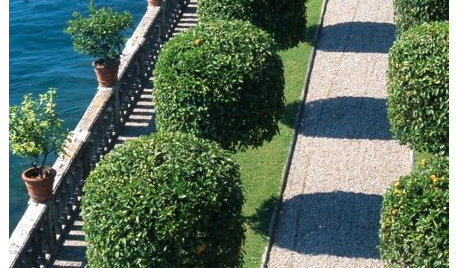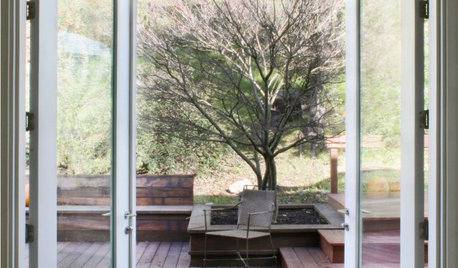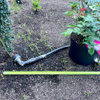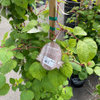Helping stressed bay laurel shrubs...
Karen Mickleson
13 years ago
Related Stories

PETS6 Ways to Help Your Dog and Landscape Play Nicely Together
Keep your prized plantings intact and your dog happy too, with this wisdom from an expert gardener and dog guardian
Full Story
GARDENING GUIDESGreat Garden Combo: 3 Wonderful Plants for a Deer-Resistant Screen
Protect your privacy and keep deer at bay with a planting trio that turns a problem garden area into a highlight
Full Story
FALL GARDENINGWhy Fall Is the Best Time for Planting
Spring is overrated for planting. Starting plants in autumn has advantages for both garden and gardener
Full Story
LANDSCAPE DESIGN5 Structural Plants to Frame Your Garden Beautifully
Consider these trees and shrubs live building blocks, providing structure and definition in even a small garden
Full Story
EARTH DAYThe Case for Losing the Traditional Lawn
Work less, help the environment and foster connections by just saying no to typical turf
Full Story
MOST POPULARFind the Right Glass Door for Your Patio
It’s more than just a patio door — it’s an architectural design element. Here’s help for finding the right one for your home and lifestyle
Full Story
PETSHouzz Call: Show Us Your Summer-Loving Dog!
Share a photo of your pooch kicking back in the backyard, helping you in the workshop or enjoying your favorite summer getaway
Full Story
EARTH DAYGrow a Beautiful Garden With Ecofriendly Greywater
Reducing home water waste means lower bills and a healthier planet. Here's how to set up a greywater home irrigation system that can help
Full Story
SAVING WATER11 Ways to Save Water at Home
Whether you live in a drought-stricken area or just want to help preserve a precious resource, here are things you can do to use less water
Full Story
HEALTHY HOME18 Ways to Allergy-Proof Your Home
If you're itching to reduce allergy symptoms, this mini guide to reducing allergens around the house can help
Full StoryMore Discussions








gardengal48 (PNW Z8/9)
Karen MicklesonOriginal Author
Related Professionals
Glassmanor Landscape Architects & Landscape Designers · Brookside Landscape Contractors · Crystal Landscape Contractors · Ellensburg Landscape Contractors · Olympia Landscape Contractors · Oviedo Landscape Contractors · Northlake Landscape Contractors · St. Louis Window Contractors · West Chester Window Contractors · Westchester Window Contractors · Winnetka Window Contractors · Suamico Window Contractors · Oceanside Driveway Installation & Maintenance · Lockport Decks, Patios & Outdoor Enclosures · Midwest City Decks, Patios & Outdoor Enclosuresgardengal48 (PNW Z8/9)
flora_uk